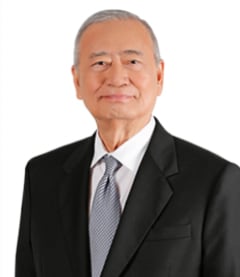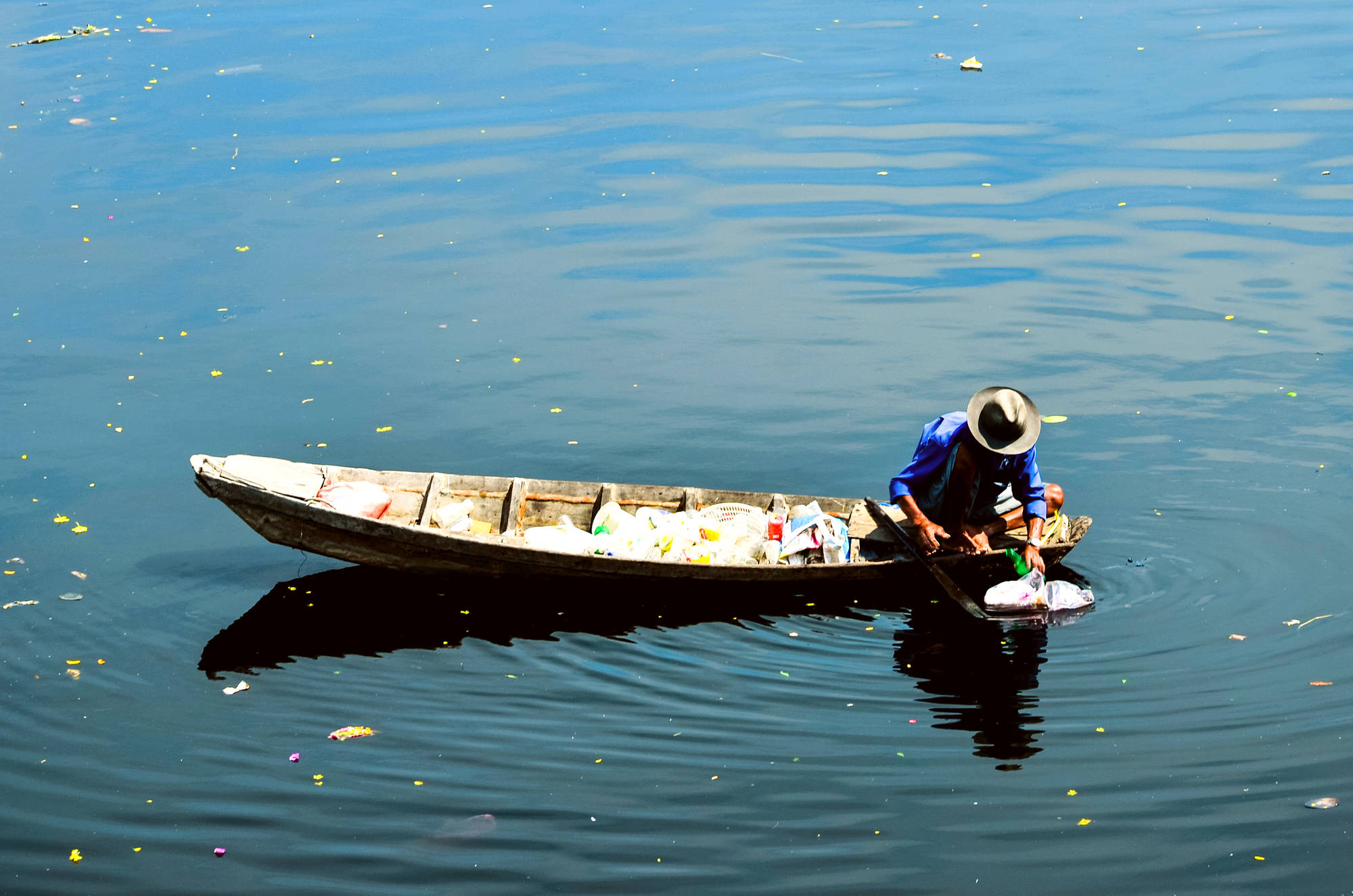-
Audit approach overview
Our audit approach will allow our client's accounting personnel to make the maximum contribution to the audit effort without compromising their ongoing responsibilities
-
Annual and short period audit
At P&A Grant Thornton, we provide annual and short period financial statement audit services that go beyond the normal expectations of our clients. We believe strongly that our best work comes from combining outstanding technical expertise, knowledge and ability with exceptional client-focused service.
-
Review engagement
A review involves limited investigation with a narrower scope than an audit, and is undertaken for the purpose of providing limited assurance that the management’s representations are in accordance with identified financial reporting standards. Our professionals recognize that in order to conduct a quality financial statement review, it is important to look beyond the accounting entries to the underlying activities and operations that give rise to them.
-
Other Related Services
We make it a point to keep our clients abreast of the developments and updates relating to the growing complexities in the accounting world. We offer seminars and trainings on audit- and tax-related matters, such as updates on Accounting Standards, new pronouncements and Bureau of Internal Revenue (BIR) issuances, as well as other developments that affect our clients’ businesses.
-
Tax advisory
With our knowledge of tax laws and audit procedures, we help safeguard the substantive and procedural rights of taxpayers and prevent unwarranted assessments.
-
Tax compliance
We aim to minimize the impact of taxation, enabling you to maximize your potential savings and to expand your business.
-
Corporate services
For clients that want to do business in the Philippines, we assist in determining the appropriate and tax-efficient operating business or investment vehicle and structure to address the objectives of the investor, as well as related incorporation issues.
-
Tax education and advocacy
Our advocacy work focuses on clarifying the interpretation of laws and regulations, suggesting measures to increasingly ease tax compliance, and protecting taxpayer’s rights.
-
Business risk services
Our business risk services cover a wide range of solutions that assist you in identifying, addressing and monitoring risks in your business. Such solutions include external quality assessments of your Internal Audit activities' conformance with standards as well as evaluating its readiness for such an external assessment.
-
Business consulting services
Our business consulting services are aimed at addressing concerns in your operations, processes and systems. Using our extensive knowledge of various industries, we can take a close look at your business processes as we create solutions that can help you mitigate risks to meet your objectives, promote efficiency, and beef up controls.
-
Transaction services
Transaction advisory includes all of our services specifically directed at assisting in investment, mergers and acquisitions, and financing transactions between and among businesses, lenders and governments. Such services include, among others, due diligence reviews, project feasibility studies, financial modelling, model audits and valuation.
-
Forensic advisory
Our forensic advisory services include assessing your vulnerability to fraud and identifying fraud risk factors, and recommending practical solutions to eliminate the gaps. We also provide investigative services to detect and quantify fraud and corruption and to trace assets and data that may have been lost in a fraud event.
-
Cyber advisory
Our focus is to help you identify and manage the cyber risks you might be facing within your organization. Our team can provide detailed, actionable insight that incorporates industry best practices and standards to strengthen your cybersecurity position and help you make informed decisions.
-
ProActive Hotline
Providing support in preventing and detecting fraud by creating a safe and secure whistleblowing system to promote integrity and honesty in the organisation.
-
Sustainability
At P&A Grant Thornton sustainability is at the core of our mission. We are committed to fostering a healthier planet through innovative practices that reduce our environmental footprint, promote social responsibility, and ensure economic viability for future generations.
-
Accounting services
At P&A Grant Thornton, we handle accounting services for several companies from a wide range of industries. Our approach is highly flexible. You may opt to outsource all your accounting functions, or pass on to us choice activities.
-
Staff augmentation services
We offer Staff Augmentation services where our staff, under the direction and supervision of the company’s officers, perform accounting and accounting-related work.
-
Payroll Processing
Payroll processing services are provided by P&A Grant Thornton Outsourcing Inc. More and more companies are beginning to realize the benefits of outsourcing their noncore activities, and the first to be outsourced is usually the payroll function. Payroll is easy to carve out from the rest of the business since it is usually independent of the other activities or functions within the Accounting Department.
-
Our values
Grant Thornton prides itself on being a values-driven organisation and we have more than 38,500 people in over 130 countries who are passionately committed to these values.
-
Global culture
Our people tell us that our global culture is one of the biggest attractions of a career with Grant Thornton.
-
Learning & development
At Grant Thornton we believe learning and development opportunities allow you to perform at your best every day. And when you are at your best, we are the best at serving our clients
-
Global talent mobility
One of the biggest attractions of a career with Grant Thornton is the opportunity to work on cross-border projects all over the world.
-
Diversity
Diversity helps us meet the demands of a changing world. We value the fact that our people come from all walks of life and that this diversity of experience and perspective makes our organisation stronger as a result.
-
In the community
Many Grant Thornton member firms provide a range of inspirational and generous services to the communities they serve.
-
Behind the Numbers: People of P&A Grant Thornton
Discover the inspiring stories of the individuals who make up our vibrant community. From seasoned veterans to fresh faces, the Purple Tribe is a diverse team united by a shared passion.
-
Fresh Graduates
Fresh Graduates
-
Students
Whether you are starting your career as a graduate or school leaver, P&A Grant Thornton can give you a flying start. We are ambitious. Take the fact that we’re the world’s fastest-growing global accountancy organisation. For our people, that means access to a global organisation and the chance to collaborate with more than 40,000 colleagues around the world. And potentially work in different countries and experience other cultures.
-
Experienced hires
P&A Grant Thornton offers something you can't find anywhere else. This is the opportunity to develop your ideas and thinking while having your efforts recognised from day one. We value the skills and knowledge you bring to Grant Thornton as an experienced professional and look forward to supporting you as you grow you career with our organisation.
IMPROVING Philippine agriculture, which includes fishery and forestry products, has been a persistent major issue since much of the 20th century. Unfortunately, we still continue to struggle to come to grips with it.
While agriculture is a small component of the Philippine economy, it is from where a greater proportion of our citizens make their living and where the poverty incidence is higher—34% for both farmers and fishermen in 2015 when the overall poverty incidence was 22%. It is therefore imperative that the government must devote an urgent and resolute attention to agriculture.
The problems in Philippine agriculture can all be summed up as a condition of low productivity. Agriculture economists use a measure in tracking productivity called Total Factor Productivity or TFP. This measure is derived by taking the growth rate of the agricultural sector output and deducting from it the growth rate of the related inputs.
The World Bank report attributes the Philippine slow growth to low rice yields and failure to shift to high value crops (HVC) despite the passage of the High Value Crops Development Act in 1995. The share of HVC in total agriculture output had just slightly increased from 19.6% in 2000 to 22.9% in 2019, a period of 20 years.
If I were the next president, I will devote close attention to transform our agriculture for the benefit of this sector's stakeholders which naturally translates to the well-being of the whole nation.
‘To help navigate the important issues and identify the proper solutions, I will add to the government structure a new body, the Council of Agricultural Advisers. It will not be an executive entity. The implementation of all decisions will be executed by the Secretary of Agriculture under my direct guidance, as it must be.
The first item that we will decide on is to remove the present concentration of attention and assistance on rice production and instead give the same treatments to all crops. This will mean that government assistance now given only to rice will also be given to all crops.
Moreover, we will change the present assistance to farmers from providing free inputs, which are considered expensive, to “decoupled payments” in cash computed based on farm area which is practiced in other countries, as pointed out in the World Bank report.
In this way, the farmer has free choice on what to plant and which is not necessarily rice. Irrigation will be provided to all crops and not only primarily to rice as is presently done. These changes are geared towards diversifying Philippine agriculture and increasing the production of HVCs. We will push much of the expected increased production of HVCs, and consequently processed foods, towards export.
We will increase irrigation infrastructure systematically and methodically and put the overall scheme into a long-term plan. Irrigation water has to be paid for to minimize wasteful use.
Similarly, we will develop a long-term plan for building farm-to-market roads all over the country by identifying their locations and establishing a construction time schedule. We will start building as the plan is being developed and put priority to rural areas that are beset by insurgency.
We will review the effectiveness of extension service and consider turning it towards a demand service rather than a supply service and also make use of private service providers, as suggested in the World Bank report.
In doing all the foregoing activities, we will make use of plans that may already have been developed. We will work collaboratively with the local government units (LGU) as they have better knowledge of the problem details. But more than this, under the local government decentralization law, the LGUs are responsible for the development of irrigation, farm-to-market roads, and extension service in their respective geographic areas and the funds to cover the expenditures for these development projects are included in their IRA.
Nevertheless, we will work out with them a joint funding arrangement. We will review the present status of land reform which reportedly is nearing completion. We will wind it down as soon as it is possible to do so, but we will continue to pursue all pending cases. At the proper time, I will declare that the social amelioration objective of land reform has now been fulfilled. It is a necessary step to take to enable us to pass a law to increase the size limit in owning land to a multiple of the present 5 hectares per individual. Land consolidation can then be done through sale.
There are other ways of consolidating land for farming. Lease and joint farming are the recognizable ones. In addition, there are novel practices that have been implemented in other countries as indicated in the World Bank report. We will undertake a campaign to encourage the farmers to consolidate their land for farming and provide them with information of the various ways of doing so, including novel ways that are suitable to Philippine conditions and culture.
Recognizing all these complexities, we will provide resoluteness of purpose and management effectiveness in putting the necessary changes in place and making those changes work for the benefit of all of our people.
As published in Mindanao Times, dated 09 August 2021




